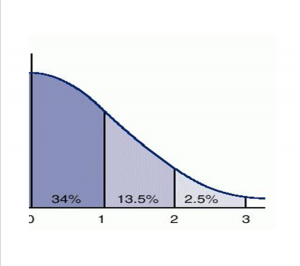There has been a lot of angry discussion recently about why gas prices are going up. In our area, they are are up 7% in just the last week. Many predict they will to go higher still. I understand your anger, but after you scream and yell and stomp your feet you must face the problem and decide what to do about it.
How is this going to affect you?
If your gas budget has been $200 a month you are going to be $14 over budget if prices stabilize. Or, maybe you operate a small business with a $2000 a month fuel budget, in which case it’s a $140 problem. Either way you must determine where you are going to get the additional money.
Maybe a 7% increase in your gas budget won’t break you, but that money comes from somewhere and living intentionally requires that you acknowledge the increase and make a decision what to do about it.
I have been told by small business owners about similar increases that they will “just absorb” them. What exactly does this mean? Does this mean they will reduce their profit predictions by the expense increases? That is a perfectly acceptable way to handle the increase if that’s what the owners want to do, or they could increase prices or they could reduce another expense or they could find another way (other than price) to offset this expense. The one thing they must do if they what to run an efficient and profitable operation is to make a reasoned decision about the situation. If you don’t take notice of a 7% increase for a single expense, what is your threshold, 10%, 20%?
Like a business, you personally need to be aware and decisive when the cost of an expense increases.
Here are some possible courses of action:
I will take the difference from my blow money. This means a couple less coffees this coming month or skipping a lunch out or missing a movie, if these are things you buy with your blow money.
I will drive a least 7% less. If this is your plan how will you accomplish it? How much is 7%? What trips will you eliminate?
I will carpool this coming month saving _______ miles, which is ___________% of my gas budget.
I will ride my bike either to work or for errands, saving _______ miles, which is ___________% of my gas budget.
I will use public transportation for the following trips_______________ saving _______ miles, which is ___________% of my gas budget.
This is what living intentionally is about. It is making decisions and controlling your life and your money, not just letting things happen to you.
The first step in all of this is to know what you have been spending on gas. Do you really know or are you guessing? Can you quickly and easily tell me what you have spent the last year?
Be aware. Make decisions. Follow through.
